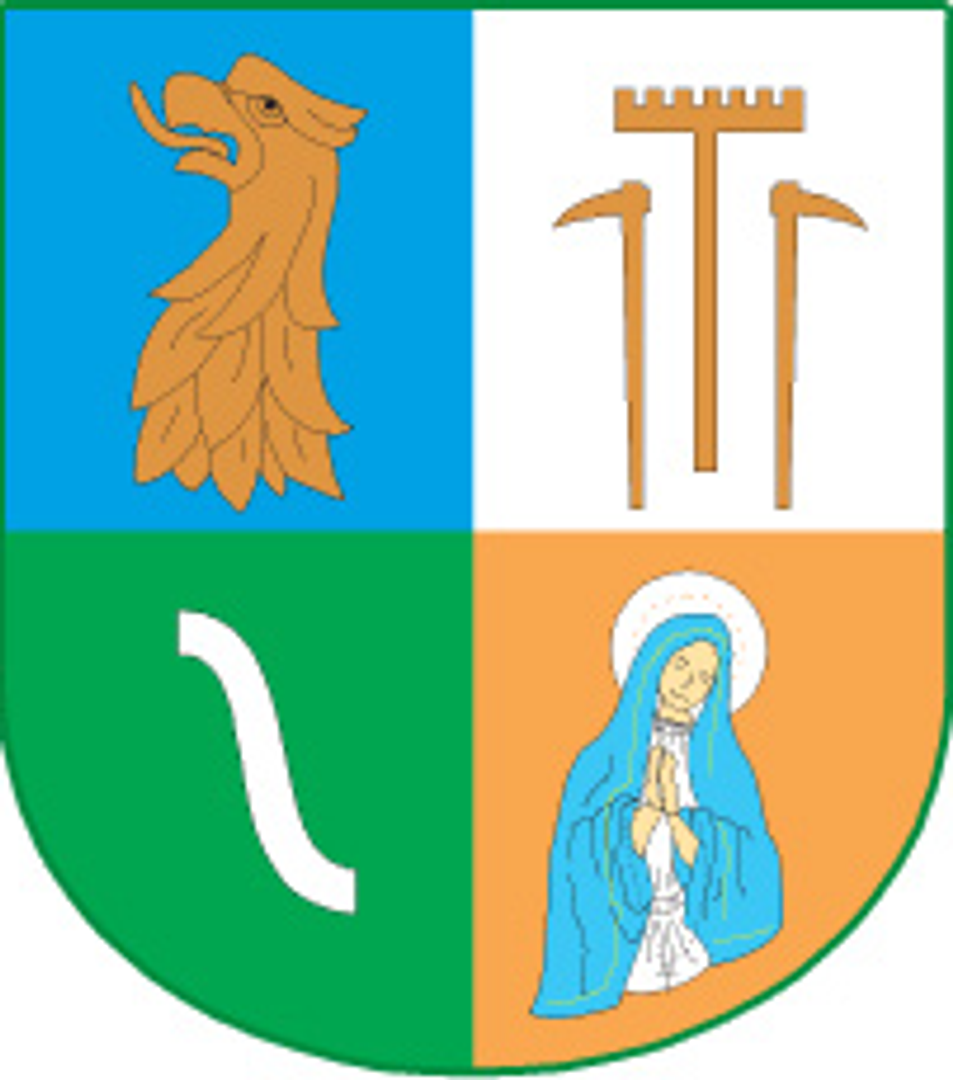Gorzyce
6.57

Overview
The Gorzyce commune, covering an area of 64.47 km², features a diverse land structure, with agricultural land accounting for 65% and forested areas making up 13%. The history of settlement in this region dates back to the Stone Age, and the first mentions of local villages appear as early as the 13th century. The commune has a rich history, having been associated with the Duchy of Racibórz, with many settlements becoming knightly estates. Prominent owners included the Fragstein, Larisch, and Henckel von Donnersmarck families, reflecting the influence of local elites. The commune underwent numerous administrative changes, with the formal establishment of the Gorzyce commune in 1972. Since 1999, it has belonged to the Silesian Voivodeship. In 2010, the population was 20,866, which increased to 21,100 by 2017. Notable architectural heritage includes the Olecka Colony in Olza, featuring historic residential buildings from the early 20th century. The commune is situated in a picturesque landscape, with hilly areas in the northeast and the valleys of the Odra and Olza rivers. It is home to lakes connected by embankments and the largest forested areas on the border between Czyżowice and Rogów. The commune boasts a well-developed transport network, including National Road 78 and the terminal section of the A1 motorway with the Gorzyce motorway junction. There are also railway connections with passenger stops in Czyżowice and Bełsznica, and a station in Olza. Although some railway lines have been closed, rail transport continues to play an important role in the region. Interestingly, the area includes former villages such as Kamień nad Odrą, which no longer exist, reflecting historical demographic changes. Gorzyce is not only a place of rich history and architectural value but also an attractive area for residents and tourists, offering diverse natural and cultural attractions.
Location
2025 Wizytor | All Rights Reserved